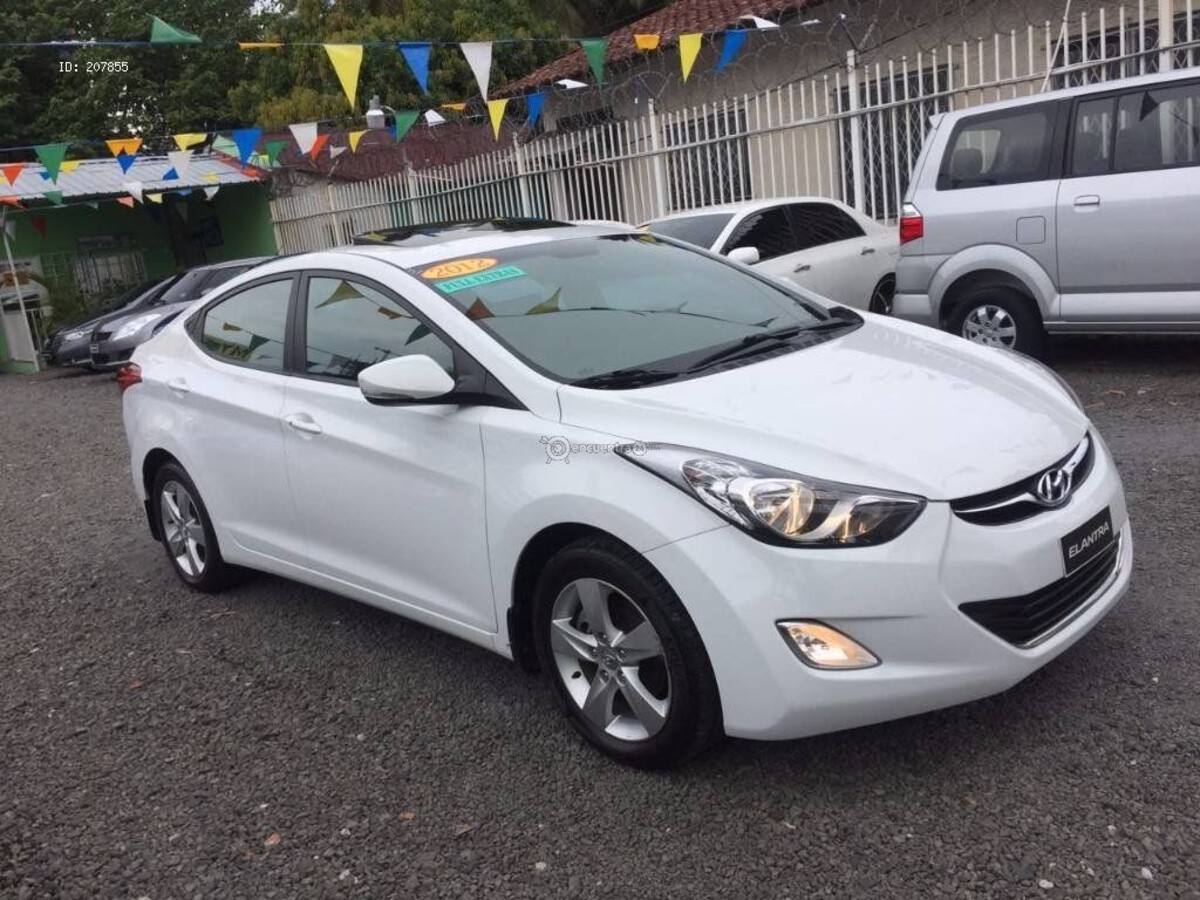Buying a car is not just a lifestyle choice—it’s a financial commitment that can shape a person’s monthly expenses and overall budget for years.
While much attention is given to a vehicle’s sticker price, trade-in value, or fuel economy, one of the most crucial and often underestimated aspects of car ownership is the financing rate, typically measured as the Annual Percentage Rate (APR).
This rate determines how much interest you’ll pay over the life of a loan, and depending on whether it’s low or high, it can mean the difference between an affordable purchase and a financial burden.
Auto financing is influenced by a range of factors, including the borrower’s credit score, income stability, loan term length, and even the vehicle’s brand and model. Surprisingly, not all cars are financed equally.
Certain makes and models tend to attract lower interest rates because of their high resale value, manufacturer incentives, or brand reliability, while others are consistently saddled with higher APRs due to poor depreciation, limited market demand, or riskier buyer profiles. This disparity creates a hidden layer of cost that many consumers fail to recognize until it’s too late.
Automakers play a significant role in shaping these rates. Brands like Toyota, Honda, and Hyundai often back their popular models with aggressive financing promotions to attract buyers. These might include 0% APR deals, cashback offers, or subsidized interest through their own financial services divisions.
Vehicles like the Toyota Camry, Honda Civic, and Ford F-150 frequently benefit from these programs, making them more attractive to both lenders and consumers. Their strong reputations, long-term durability, and high resale values further reduce risk for banks and credit unions, leading to even better financing offers.
Conversely, other vehicles tend to come with less favorable financing landscapes, either because manufacturers do not offer substantial incentives or because the vehicles themselves are viewed as riskier investments. Models like the Mitsubishi Mirage, Fiat 500, and even the Chrysler Pacifica often carry steeper APRs due to faster depreciation, niche appeal, and limited financing support.
These higher rates can quickly turn what seems like an affordable vehicle into a costly proposition over time. In some cases, the difference in interest payments over a typical five-year loan can add thousands of dollars to the total cost of ownership.
It’s also important to note that the type of buyer a car attracts can influence the financing terms available. Entry-level models often appeal to first-time buyers or individuals with limited credit history.
While these vehicles may be inexpensive upfront, lenders tend to raise interest rates to hedge against the perceived risk associated with these borrowers. On the other hand, vehicles that appeal to more financially stable or creditworthy consumers are seen as safer bets and thus tend to receive better financing options.
This article aims to shine a light on both sides of the auto financing spectrum. We will explore five cars that are known to consistently receive the most favorable financing rates thanks to their reliability, strong resale values, and manufacturer backing.
In contrast, we’ll also take a closer look at five vehicles that tend to come with some of the steepest APRs, often due to lower market demand, poor depreciation, or a mismatch between price and perceived value.
Understanding which vehicles are typically easier—or harder—to finance affordably can help buyers make smarter, more informed decisions.
This is especially important in a market where vehicle prices have risen sharply and interest rates have fluctuated considerably. Whether you’re a first-time car buyer or a seasoned shopper, knowing the hidden costs of financing can make all the difference in your next automotive purchase.
ALSO READ: 5 Cars with Quickest Seat-Belt Latches and 5 That Snag
5 Cars with the Most Favorable Financing Rates
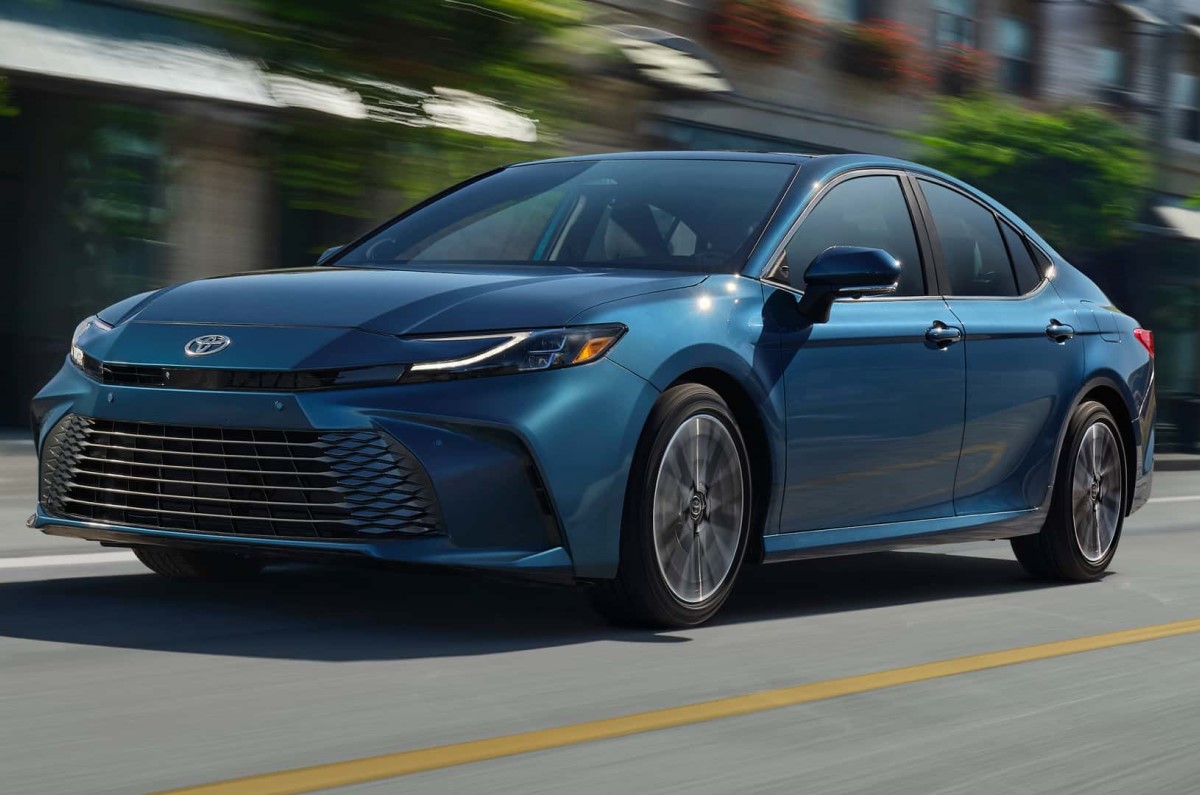
1. Toyota Camry
The Toyota Camry has been a perennial favorite in the midsize sedan segment, and its reputation extends well beyond just its driving performance and comfort. One of the major reasons it consistently qualifies for some of the most favorable financing rates is its strong brand reputation built on reliability and long-term durability.
Lenders tend to view vehicles that maintain their value over time as safer bets because the collateral backing the loan—the car itself—retains enough value to cover outstanding debt in case of default. The Camry’s impressive resale values provide financial institutions with confidence, which they translate into lower risk premiums for borrowers.
Toyota’s aggressive financing incentives further sweeten the deal. Throughout the year, Toyota frequently offers promotional interest rates, including zero-percent APR deals for qualified buyers. These promotions are often timed around model-year changes or during seasonal sales events, making the Camry an ideal choice for consumers looking to save on interest payments.
This manufacturer support helps reduce borrowing costs significantly. Additionally, because the Camry appeals to a broad demographic, including first-time buyers, families, and fleet operators, demand remains high and steady, ensuring a liquid used market that further reassures lenders.
Another important factor influencing the Camry’s favorable financing rates is its wide availability of certified pre-owned (CPO) models. Toyota’s CPO program offers extended warranties, thorough inspections, and roadside assistance, making used Camrys an even safer bet for lenders.
Loans on CPO vehicles typically enjoy lower APRs than non-certified used cars because they carry less risk of costly repairs and depreciation surprises. This combination of new and certified pre-owned financing support ensures buyers have access to some of the best rates in the market.
Finally, the Camry benefits from Toyota’s overall financial stability and strategic partnerships with lenders and financial institutions. Toyota Financial Services (TFS) plays a vital role in setting competitive loan terms for buyers, which often trickle down to local dealerships.
These arrangements enable consumers to take advantage of below-market rates, special lease deals, and flexible payment plans. For buyers looking for a balance of affordability, value retention, and low financing costs, the Camry stands out as a leading choice.

2. Honda Civic
The Honda Civic’s legacy as a reliable, fuel-efficient, and affordable compact car extends into the financing realm as well. The vehicle’s solid reputation in terms of quality and resale value heavily influences its ability to secure favorable loan terms.
Lenders view Civics as low-risk loans because the car tends to hold its value better than many competitors, resulting in lower depreciation. This strong residual value lowers the lender’s exposure to loss in the event of repossession, which helps drive down APRs for borrowers.
Honda frequently supports the Civic with competitive financing offers. These can range from reduced APR percentages for buyers with strong credit scores to manufacturer-backed incentives that make financing nearly as attractive as leasing.
Certified pre-owned Civics benefit from Honda’s rigorous inspection and warranty programs, which also contribute to lower interest rates. Buyers who opt for a CPO Civic often enjoy APRs significantly better than average, making it an affordable option both in terms of upfront price and total borrowing cost.
Beyond the financial incentives, the Civic’s broad appeal and robust demand play a crucial role in keeping financing rates low. The vehicle is a favorite among young professionals, students, and small families, creating a diverse but consistent customer base.
This demand encourages financial institutions to compete aggressively on loan products, hoping to capture a share of the popular Civic market. As a result, buyers frequently find promotional rates and extended loan terms that fit a variety of budgets.
Moreover, Honda’s strong partnership with financial institutions provides additional financing flexibility. Honda Financial Services offers tailored loan packages with terms ranging from 36 to 72 months, often including options for deferred payments or rebates that effectively reduce the APR.
These strategic financing options make it easier for buyers to manage monthly payments while benefiting from low-interest rates. The Civic’s combination of resale value, manufacturer incentives, and lender confidence makes it a standout option for buyers seeking favorable financing.
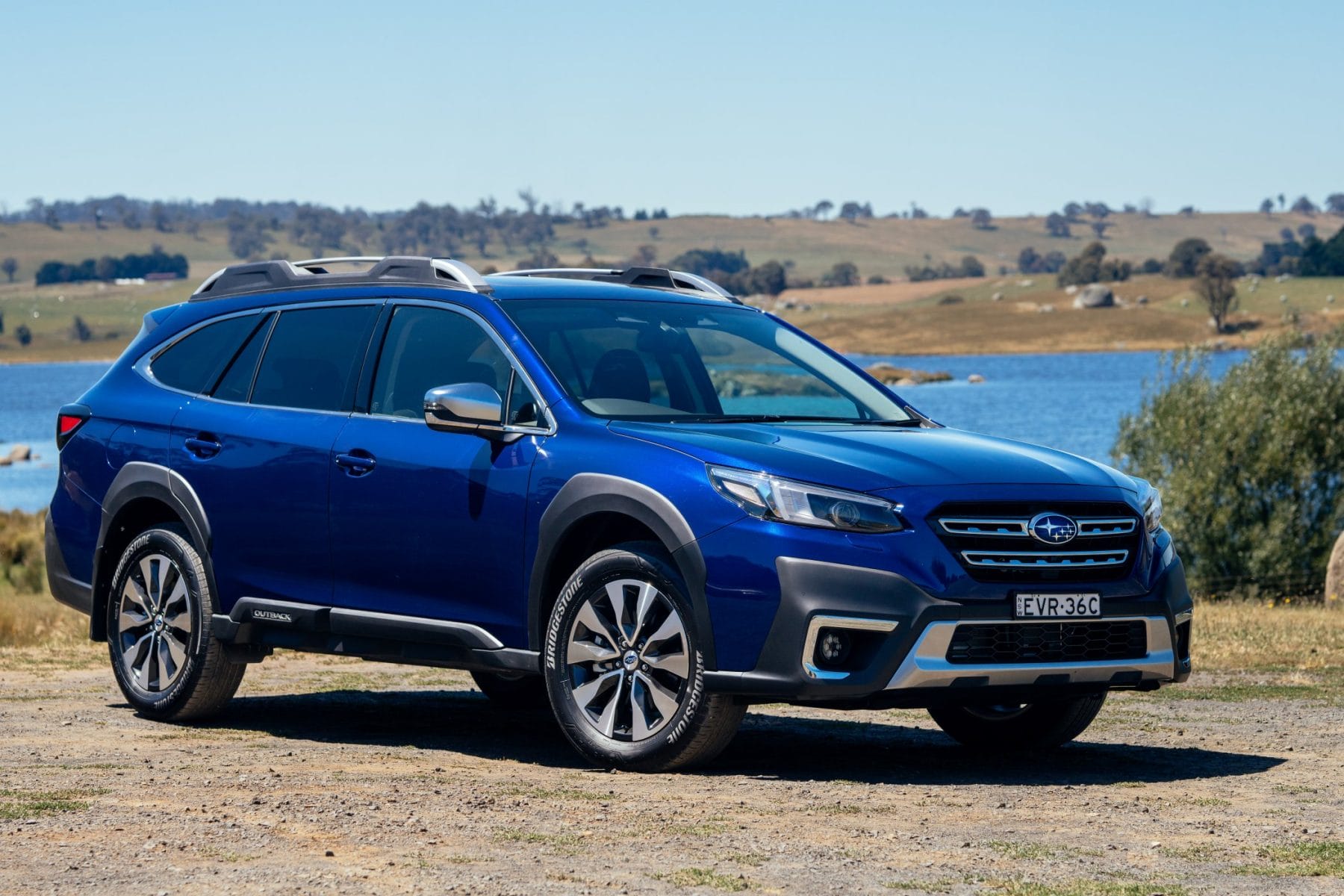
3. Subaru Outback
The Subaru Outback is renowned for its ruggedness, practicality, and strong all-wheel-drive system, but it also benefits from competitive financing rates that make it even more attractive to buyers.
Subaru’s reputation for producing durable vehicles that hold their value relatively well plays a significant role in securing lower APRs. The Outback’s appeal to outdoor enthusiasts, families, and those in regions with harsh weather conditions ensures a steady demand in both new and used markets, reassuring lenders about the vehicle’s resale potential.
Subaru dealers often promote financing deals tied to the Outback, particularly during peak buying seasons like spring and early fall. These promotions can include low to zero-percent APR offers for qualified buyers, helping offset the typically higher price point of this versatile crossover.
The availability of certified pre-owned Outbacks with extended warranties and rigorous inspection processes further reduces lender risk, making financing more affordable for used buyers. This dual-market appeal bolsters financing options across the board.
Another factor contributing to the Outback’s favorable financing environment is the demographic it attracts. Buyers tend to be financially responsible, often with strong credit profiles and stable incomes. Lenders are more willing to extend favorable rates to borrowers in this category, knowing they present a lower default risk.
Additionally, Subaru’s strong community and brand loyalty encourage repeat purchases, allowing lenders to build long-term relationships with Subaru buyers, which often translates into better loan terms and exclusive financing programs.
Finally, Subaru’s financial services division works closely with dealerships to craft tailored financing solutions, including flexible terms, trade-in incentives, and rebates that further reduce effective borrowing costs.
Combined with Subaru’s reputation for quality and safety, these financing benefits make the Outback a practical and financially smart choice for buyers seeking low APRs on a dependable, capable vehicle.
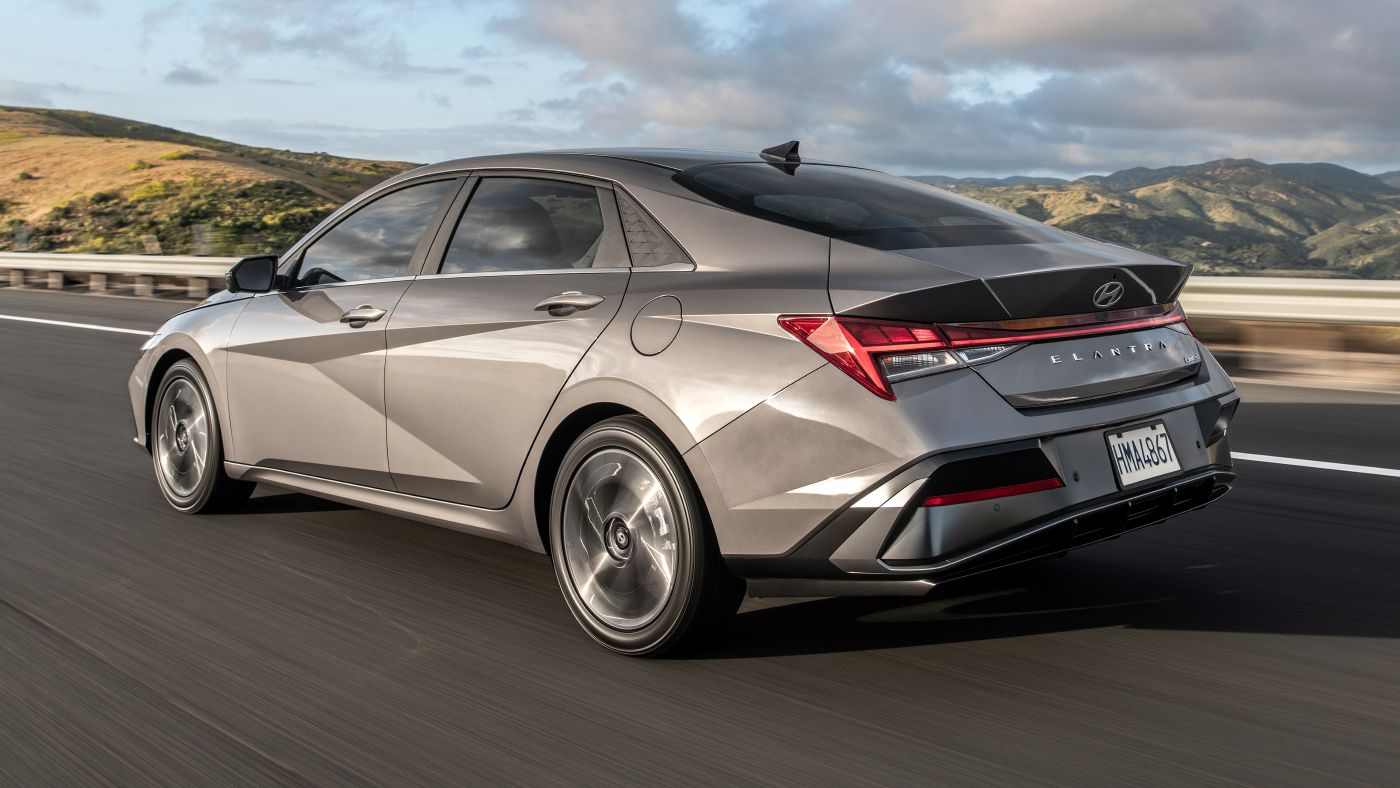
4. Hyundai Elantra
Hyundai’s rise in the automotive world has been meteoric, largely fueled by its aggressive pricing, impressive warranty offerings, and improving vehicle quality. The Hyundai Elantra, a compact sedan, exemplifies this growth and is one of the brand’s most accessible vehicles when it comes to financing.
Hyundai’s robust warranty coverage, including a 10-year/100,000-mile powertrain warranty, significantly boosts the car’s resale value, a crucial consideration for lenders when determining APRs. This warranty coverage assures lenders that the vehicle will maintain performance and value over time, mitigating risk and enabling lower financing rates.
Hyundai’s marketing and sales strategies often include manufacturer-backed low or zero-percent APR financing promotions to attract new buyers.
These offers are especially common during holiday sales or when new model years arrive. Buyers with good credit profiles can take advantage of these deals to reduce overall borrowing costs, sometimes making the Elantra’s financing comparable to that of more expensive vehicles.
The availability of certified pre-owned Elantras, backed by Hyundai’s thorough inspection and warranty programs, further extends attractive financing options to used car buyers.
In addition, Hyundai’s appeal to first-time buyers and younger demographics helps maintain a consistent demand for the Elantra, encouraging lenders to offer competitive loan products. The brand’s increasing reputation for quality and value has also increased the confidence of financial institutions.
This confidence, combined with Hyundai’s partnership with multiple lending agencies, means more competitive financing packages for consumers, often including flexible payment plans and incentives that can further reduce effective APRs.
Lastly, Hyundai Financial Services actively supports dealerships and customers with a variety of loan options, including lease buyout assistance, trade-in bonuses, and seasonal promotions. These programs add layers of affordability that make the Elantra not only attractive on the lot but also affordable to finance. For buyers looking to stretch their dollar, the Elantra’s financing landscape is as compelling as the car itself.
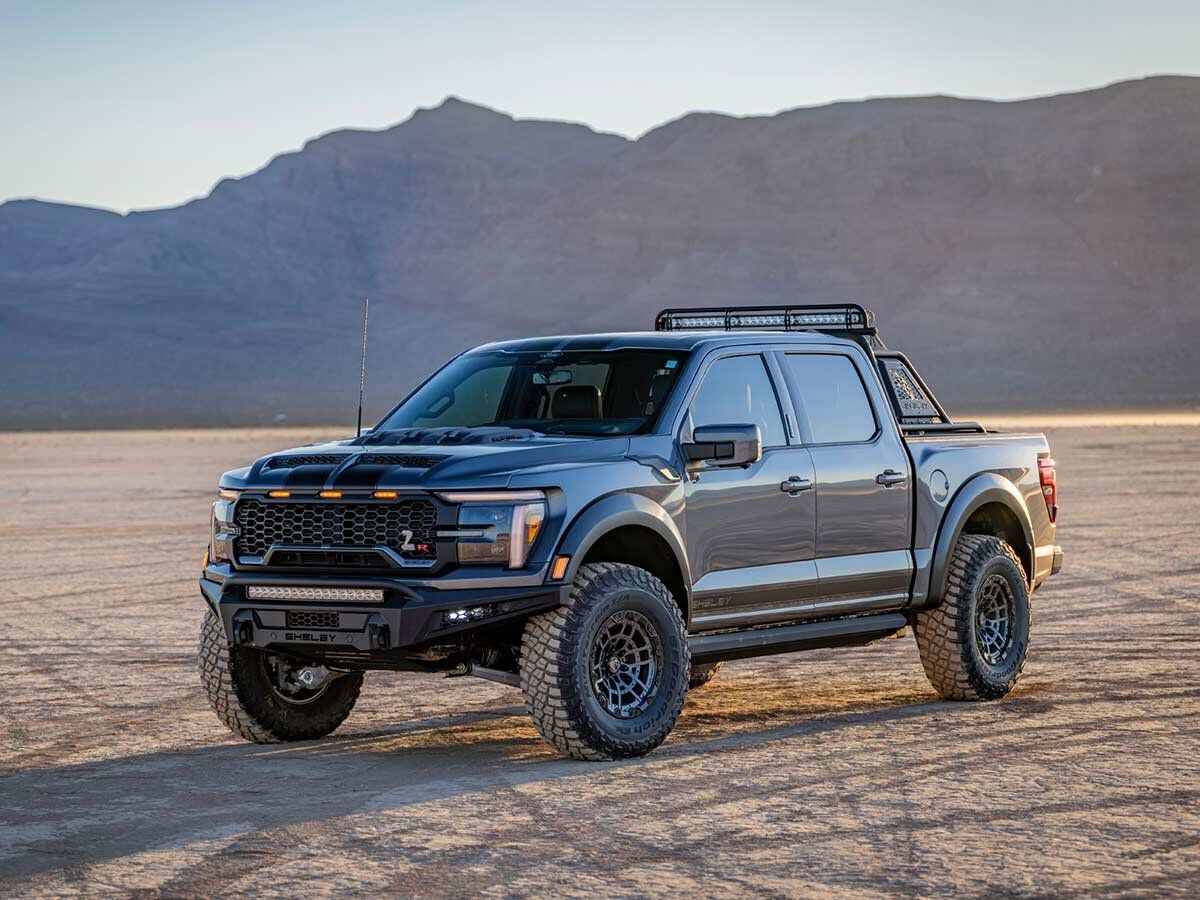
5. Ford F-150
The Ford F-150 is a titan in the pickup truck segment, not only in terms of sales volume but also in how it is financed. One of the primary reasons the F-150 enjoys favorable financing rates is its enduring popularity and solid resale value.
This truck is often considered a dependable workhorse, a reputation that supports strong demand both for new models and used trucks in the market.
The resale value plays a huge role for lenders, as it assures that in the case of loan default, the collateral will retain enough value to recoup the loan amount. This lowers risk and thus results in more favorable APRs.
Ford actively supports F-150 buyers with promotional financing offers, particularly during model transitions or special sales events. These offers can include 0% APR for qualified buyers, making financing highly attractive compared to many competitors.
Additionally, Ford’s Certified Pre-Owned program provides extended warranties and rigorous inspections, further reducing lender risk and offering low-interest loans to used truck buyers. This comprehensive financial support from Ford strengthens buyer confidence and promotes lower borrowing costs.
The demographic of F-150 buyers also plays a part in securing attractive loan terms. Many buyers are repeat customers or business owners with established credit histories, which lowers the lender’s perceived risk. Moreover, Ford Financial Services often provides tailored loan packages that include flexible payment schedules, seasonal promotions, and trade-in incentives.
These programs help maintain the F-150’s market dominance and provide buyers with access to some of the best financing rates in the pickup market.
Lastly, the F-150’s strong brand loyalty and extensive dealer network help reinforce favorable financing conditions. Dealers frequently compete to offer competitive financing terms, especially in markets with high truck demand.
The combined effect of manufacturer support, resale value stability, and strong market demand makes the Ford F-150 a prime candidate for some of the most favorable financing rates available on the market today.
5 Cars with the Steepest APRs
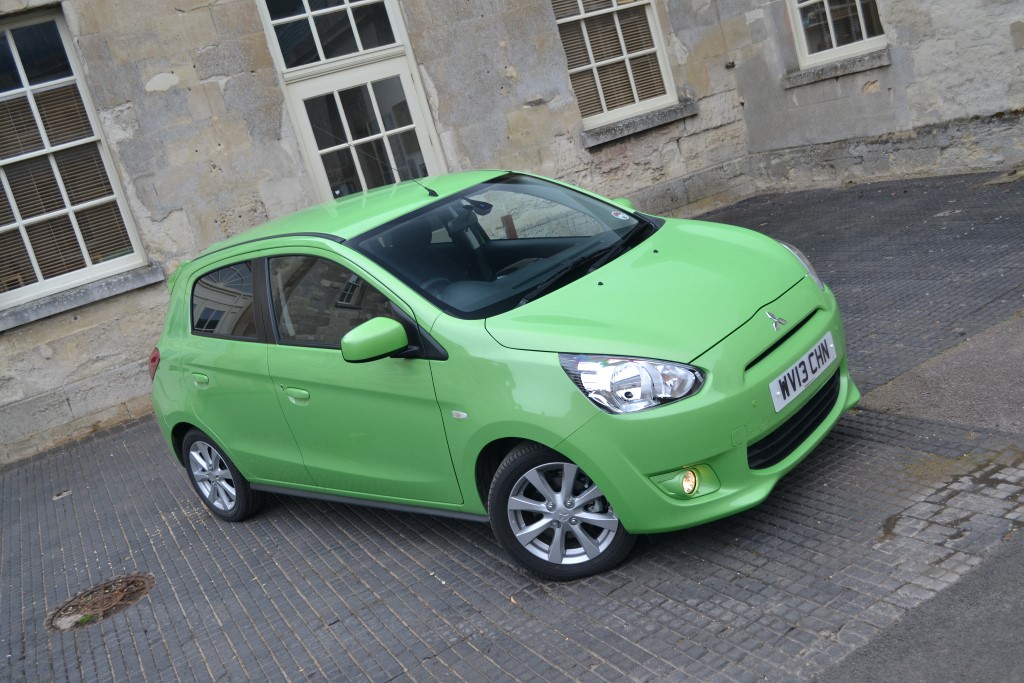
1. Mitsubishi Mirage
The Mitsubishi Mirage is often cited as one of the vehicles saddled with the highest financing rates, and several factors contribute to this unfortunate reputation.
The Mirage is an ultra-budget subcompact car, which by itself presents challenges for lenders. Its entry-level pricing and relatively basic features mean that it attracts buyers with more constrained credit profiles and finances.
This demographic is often viewed as riskier by lenders, who then compensate for this risk by charging steeper APRs. In other words, financing a Mirage often involves a double whammy: the car’s inherent lower value and the higher risk profile of many buyers.
Another significant reason behind the Mirage’s steep APRs is its poor resale value. Mitsubishi vehicles in general have struggled with depreciation compared to more established brands, and the Mirage is no exception. When lenders evaluate loans, the future resale value of the vehicle—serving as collateral—plays a crucial role.
The Mirage’s rapid depreciation means that lenders see a higher chance of loss if repossession is necessary. This leads to higher interest rates to offset the increased risk. Even promotional financing offers are rarely aggressive or widespread for the Mirage, making it tough for buyers to escape steep APRs.
Additionally, Mitsubishi’s marketing and financing support for the Mirage have been relatively limited, especially in markets where the car competes with more established subcompact models like the Honda Fit or Toyota Yaris.
Without strong manufacturer incentives or widespread dealer promotions, buyers are often left with less favorable loan terms. Mitsubishi Financial Services does exist, but it lacks the scale and competitive muscle of larger manufacturers’ finance arms, further contributing to higher interest rates on Mirage loans.
Finally, the Mirage’s appeal is somewhat niche, often targeted toward budget-conscious buyers who may lack the best credit histories. The lack of brand prestige and limited consumer demand also translate into lenders being more cautious.
Given that the vehicle’s market performance is inconsistent across regions, lenders apply a risk premium in the form of higher APRs. For buyers considering the Mirage, it’s essential to shop carefully, check multiple financing offers, and, if possible, improve credit scores before committing to a loan.
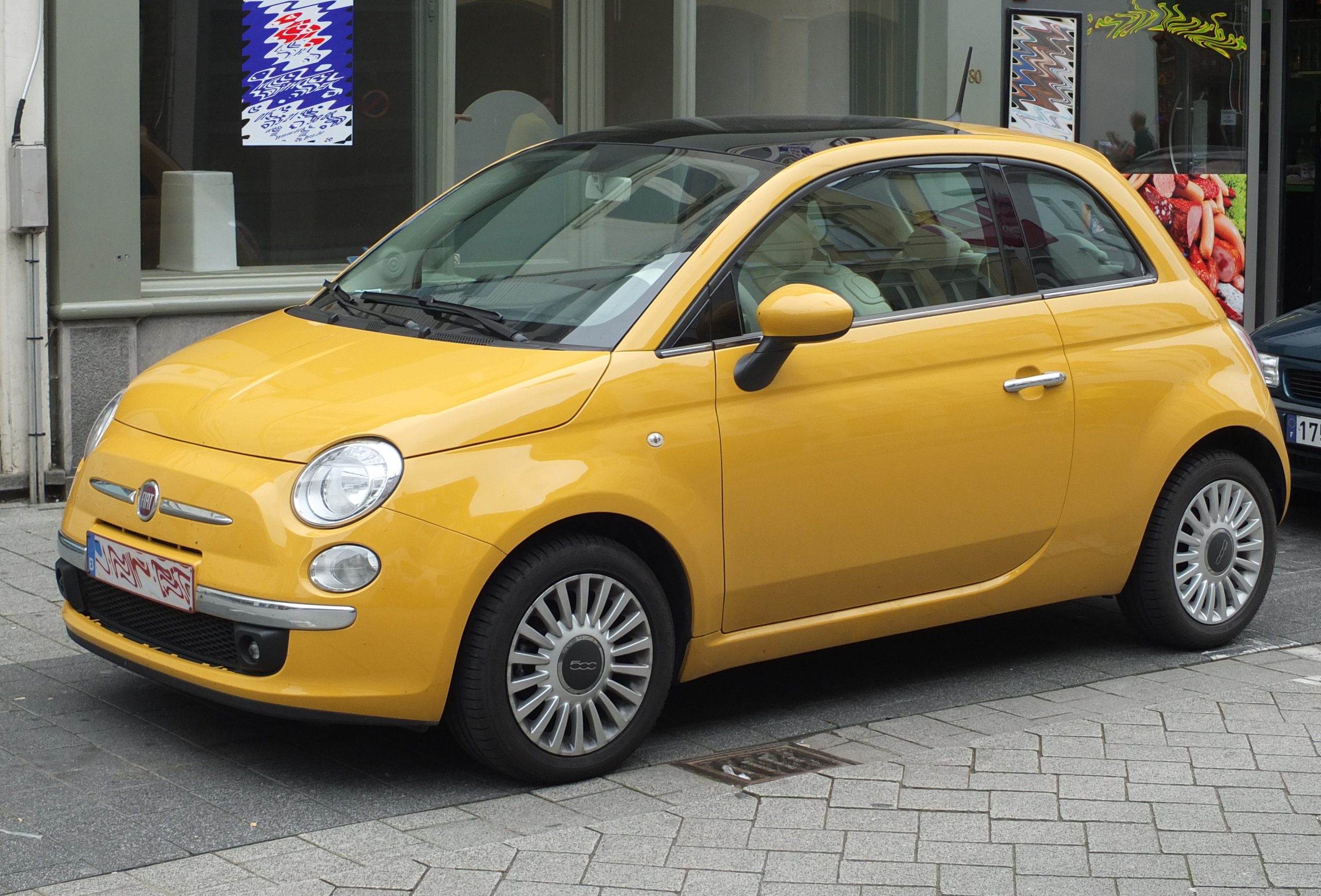
2. Fiat 500
The Fiat 500, a compact urban car with a distinctive retro design, faces steep APRs primarily because of its niche market appeal and weaker resale values. Although the Fiat 500 can be charming and fun to drive, it lacks the widespread demand of competitors like the Mini Cooper or Smart cars.
This limited appeal affects how lenders perceive the risk associated with financing the vehicle. The Fiat brand’s inconsistent reputation, especially in the U.S. market, further compounds this issue, prompting lenders to set higher interest rates to offset potential losses.
Depreciation is a significant factor behind the Fiat 500’s steep APRs. Unlike vehicles from Japanese or mainstream American brands, Fiats tend to lose value quickly once sold, particularly due to concerns over maintenance costs and parts availability.
Lenders look closely at these depreciation trends because they affect the likelihood of recovering the loan amount through resale in case of default. A rapidly depreciating asset increases lender risk, which naturally leads to higher APRs. Additionally, limited financing promotions from Fiat dealers mean buyers have fewer opportunities to secure attractive low-interest loans.
The Fiat 500 also faces challenges in attracting creditworthy borrowers. Its relatively small buyer base includes many first-time car owners or those attracted primarily by its aesthetic rather than performance or practicality.
This buyer profile may correlate with less ideal credit histories, prompting lenders to raise interest rates accordingly. Without strong manufacturer financial backing comparable to larger automakers, Fiat financing options are often less competitive, further driving up APRs.
Finally, Fiat’s shrinking market share and limited dealer presence in many parts of the country reduce competition among lenders, which typically leads to less favorable financing offers.
Where Fiat dealers are few and far between, the ability of buyers to shop around for the best APR is limited. This market dynamic, combined with the vehicle’s inherent risk factors, culminates in Fiat 500 buyers facing some of the steepest APRs in the small car segment.

3. Jeep Compass
The Jeep Compass, though part of the popular Jeep lineup, often carries steeper APRs compared to its larger siblings like the Grand Cherokee. One reason for this is its positioning as an entry-level SUV with relatively rapid depreciation.
The Compass lacks the prestige and solid resale value of Jeep’s premium models, which impacts lenders’ assessment of collateral risk. While the Compass appeals to buyers seeking a compact SUV with off-road styling, its slower resale performance means lenders demand higher interest rates to balance potential losses.
Jeep’s financing support for the Compass tends to be less generous than for other models in its range. While Jeep offers occasional promotions, these are more common on flagship models or newer trims, leaving Compass buyers with fewer low-interest financing opportunities.
The smaller size and modest feature set make the Compass less attractive in the used market, which further discourages lenders from offering favorable APRs. This dynamic can significantly increase the total cost of financing for Compass buyers.
Another factor is the buyer profile. Compass buyers often include younger, less financially established individuals or those with moderate credit scores. Because lenders price loans based on borrower risk as well as vehicle risk, the typical Compass buyer’s financial profile can contribute to steeper APRs.
Unlike other Jeep models that attract established professionals or affluent buyers, the Compass market segment can be more volatile, leading lenders to adopt a conservative approach when setting interest rates.
Lastly, the Jeep Compass faces stiff competition from both domestic and international compact SUVs, many of which come with more aggressive financing incentives. This competition puts pressure on Jeep dealers to move inventory but does not always translate into better APR offers.
The result is a financing environment where Compass buyers often pay a premium in interest compared to buyers of more popular or prestigious SUVs. Prospective buyers should carefully evaluate financing offers and consider negotiating loan terms before committing.
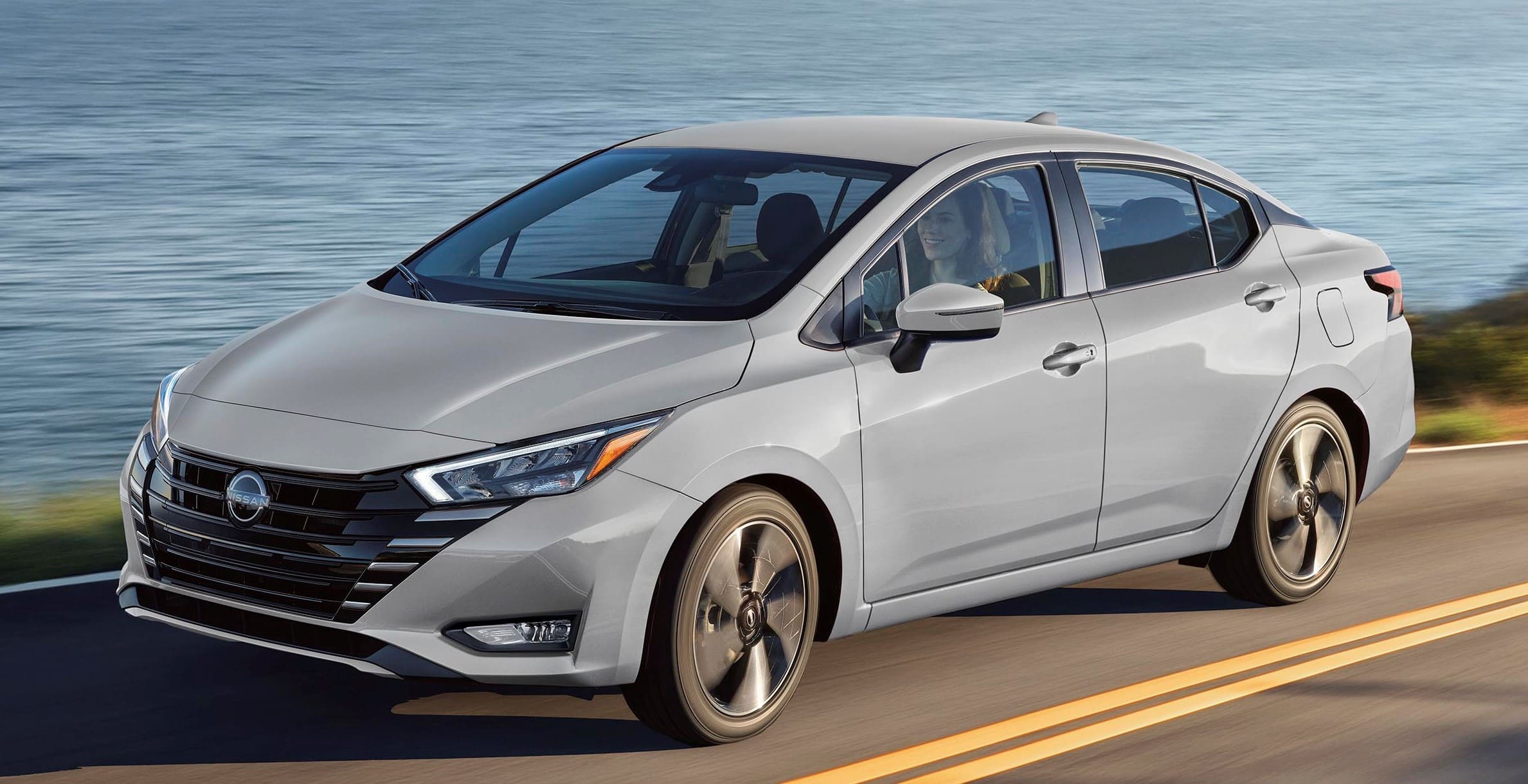
4. Nissan Versa
The Nissan Versa, an affordable subcompact sedan, is notorious for carrying some of the highest APRs among new cars. Despite its budget-friendly sticker price, the Versa’s financing costs can be surprisingly steep. This paradox largely stems from its depreciation profile and the buyer demographics it attracts.
The Versa is designed to appeal to first-time buyers or those seeking a very low-cost transportation option, often involving buyers with limited or challenged credit histories. Lenders factor this increased risk into APR calculations, leading to higher borrowing costs.
Depreciation plays a critical role in the Versa’s financing challenges. As a low-cost, entry-level model, it tends to lose value quickly once purchased. Used car buyers often bypass the Versa in favor of more well-known models with better reliability reputations, resulting in a weaker resale market.
For lenders, this translates into a higher risk exposure, prompting higher APRs to compensate for the potential difficulty in recouping loan amounts through resale or repossession. Another compounding factor is Nissan’s financing incentives on the Versa, which tend to be less competitive compared to the brand’s higher-tier models like the Altima or Rogue.
While Nissan does offer some dealer-level promotions, these seldom include zero or low-percent APRs on the Versa, limiting the borrower’s ability to secure cheaper financing. Without strong manufacturer backing, the financing costs remain high, particularly for buyers with credit challenges.
Lastly, the Versa’s buyer profile typically includes younger or lower-income individuals who may have shorter credit histories or past credit issues.
This borrower risk profile is a significant factor in the APRs charged. Many lenders charge a risk premium, raising interest rates on loans to protect themselves against potential defaults. Therefore, prospective Versa buyers should focus heavily on improving their credit scores or seek financing through credit unions or other sources that might offer more competitive terms.
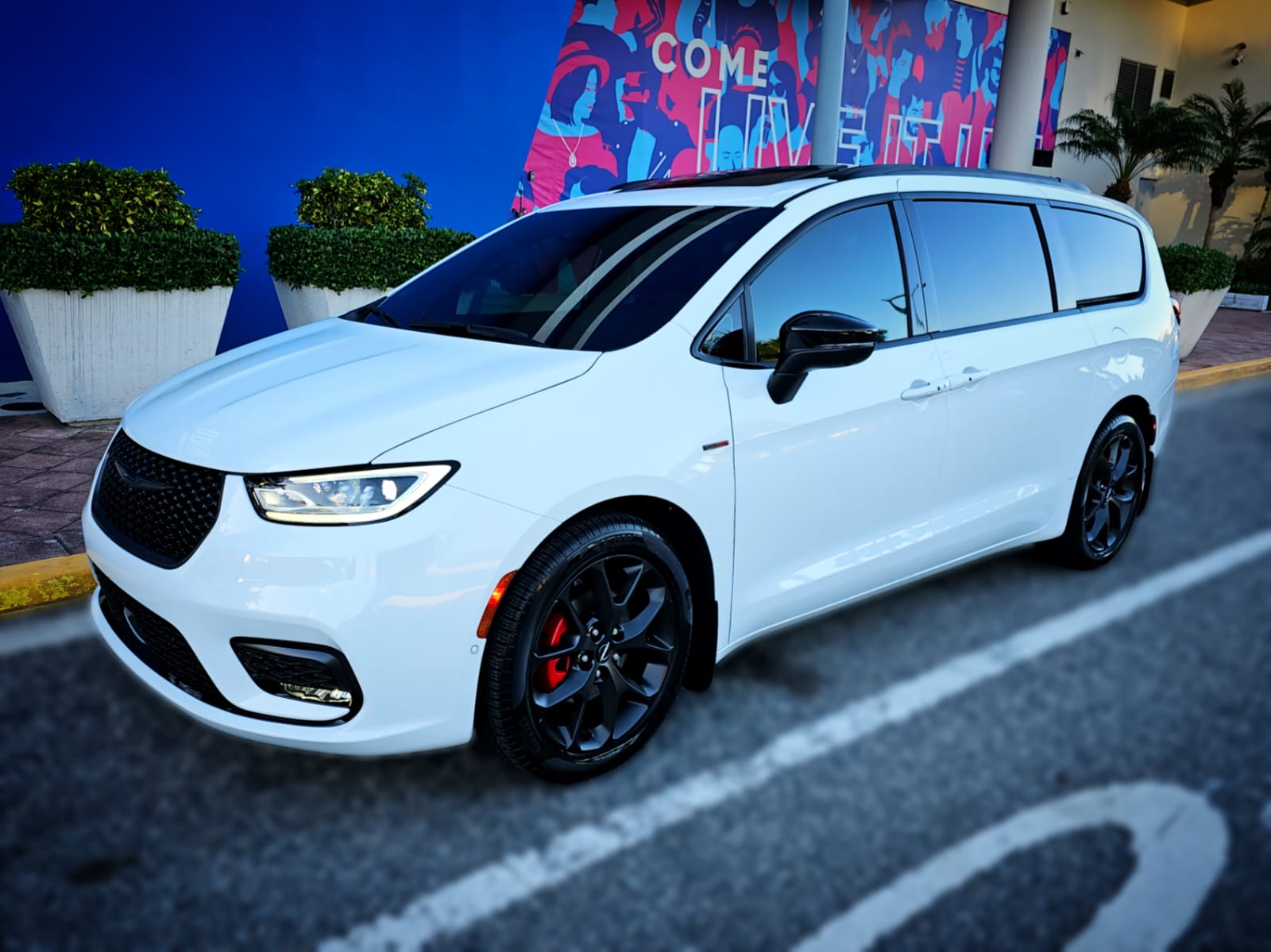
5. Chrysler Pacifica
The Chrysler Pacifica, a minivan designed to appeal to families seeking comfort and space, surprisingly carries some of the steepest APRs among family vehicles. One major reason is the overall decline in minivan demand as many consumers shift preferences toward SUVs and crossovers.
This shift impacts the Pacifica’s resale value and market liquidity, which are critical factors lenders use when pricing loans. Lower demand and depreciation risk make lenders wary, who then set higher APRs to protect themselves from potential losses.
Chrysler’s financing support for the Pacifica is often limited compared to SUVs and trucks, which remain more central to the company’s sales strategy.
While Chrysler does offer some incentives, they tend to be less frequent or less generous for minivans. This lack of aggressive manufacturer financing support translates into steeper APRs for consumers looking to finance a Pacifica, especially for buyers who don’t qualify for top-tier credit offers.
The buyer profile for the Pacifica also influences its financing costs. Minivan buyers are often families balancing multiple financial priorities, which sometimes leads to financing with longer loan terms or less-than-perfect credit profiles. These factors drive lenders to charge higher interest rates to offset increased default risk.
Additionally, the Pacifica’s relatively high sticker price compared to other family vehicles means borrowers often carry larger loans, compounding the effect of higher APRs.
Lastly, the Pacifica’s competition from highly popular SUVs means it faces uphill battles in attracting buyers and lenders alike. Vehicles like the Toyota Highlander, Honda Pilot, and Ford Explorer often offer better financing incentives and enjoy stronger resale values.
This comparative disadvantage means Pacifica buyers often face steeper APRs, making it essential for prospective purchasers to shop carefully and negotiate financing aggressively to avoid excessive borrowing costs.
ALSO READ: 5 Cars With The Most Free Scheduled Maintenance Miles And 5 With None
In today’s financial climate, where car prices remain elevated and interest rates continue to fluctuate, making an informed choice about your next vehicle isn’t just about what you drive—it’s about how you pay for it.
As we’ve explored in this article, the APR associated with a car loan can drastically affect the total amount you’ll pay over the life of the loan, often outweighing slight differences in sticker price or fuel efficiency. That’s why understanding which vehicles come with favorable financing rates—and which ones tend to have steep APRs—is more important than ever.
The cars with the most favorable financing rates—like the Toyota Camry, Honda Civic, Subaru Outback, Hyundai Elantra, and Ford F-150—share several common traits. They have strong resale values, manufacturer-backed promotions, and enjoy high demand in both the new and used car markets.
Their reputations for reliability and value help reduce risk for lenders, which translates to lower APRs for consumers. These vehicles often come with options like 0% APR, flexible terms, or cashback rebates, allowing buyers to stretch their budgets further. For those with good to excellent credit, the savings can be substantial, often totaling thousands of dollars over the course of a standard auto loan.
In contrast, the vehicles with the steepest APRs—including the Mitsubishi Mirage, Fiat 500, Jeep Compass, Nissan Versa, and Chrysler Pacifica—typically face challenges in resale value, demand, or reliability perception. Even though some of these cars have appealing upfront prices, they often depreciate quickly or lack competitive manufacturer incentives.
This results in higher perceived risk for lenders, which they offset by charging higher interest rates. The burden of higher APRs can quietly but significantly increase the total cost of ownership, especially for buyers with average or below-average credit scores.
For many consumers, the steep APRs tied to certain models come as a surprise. A vehicle may look like a good deal based on the monthly payment alone, but that payment could be hiding excessive interest charges or longer loan terms that erode the value proposition.
For buyers who are financing a car, particularly those looking at loans with 60-month or 72-month terms, even a small difference in APR can equate to thousands of dollars more in interest paid. This is why it’s critical to look beyond surface-level deals and assess the full financial picture.
The key takeaway is this: the car you choose has a direct impact on the loan you qualify for. Even with a strong credit profile, choosing a car with weak resale value or limited lender confidence can cost you.
On the flip side, opting for a model that lenders and manufacturers support with financing incentives can provide you with a powerful financial edge. Whether you’re buying new or used, always factor in the long-term implications of the APR, not just the monthly payment.
Additionally, consumers should always shop around for financing. While dealership financing may seem convenient, credit unions, banks, and online lenders often provide more competitive interest rates, especially when the vehicle in question falls into the high-APR category.
Buyers should also consider improving their credit before purchase and exploring CPO (certified pre-owned) options, which often qualify for lower interest rates than non-certified used cars.
In conclusion, financing a vehicle is just as important as selecting one. By understanding which cars typically receive the best financing terms and which ones come with financial drawbacks, you can avoid common pitfalls and make a more strategic, budget-conscious decision. In a market where every dollar counts, being informed about auto loan APRs is not just savvy—it’s essential.

